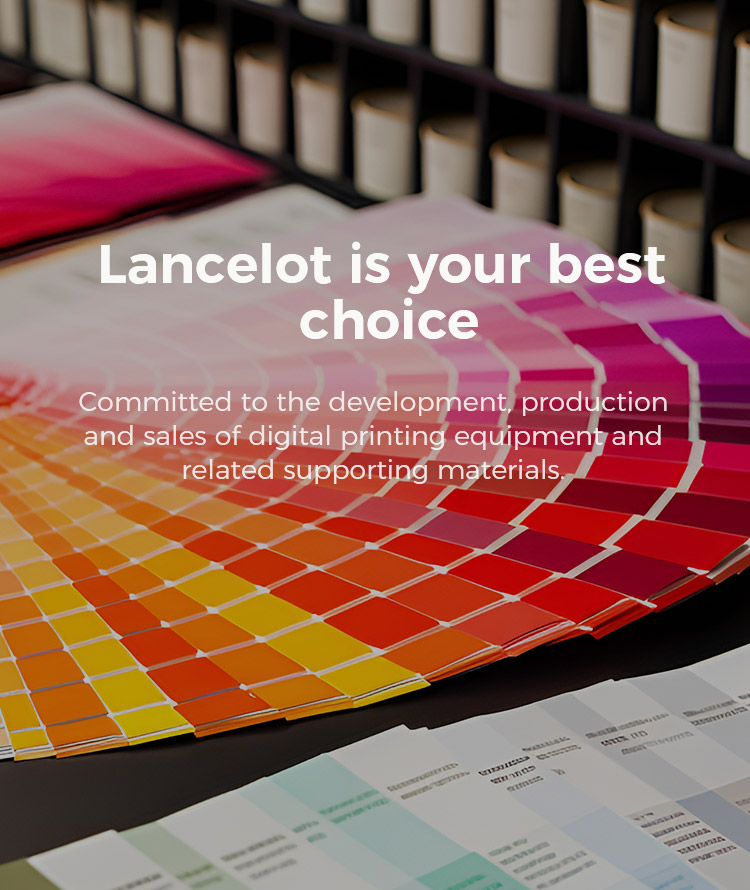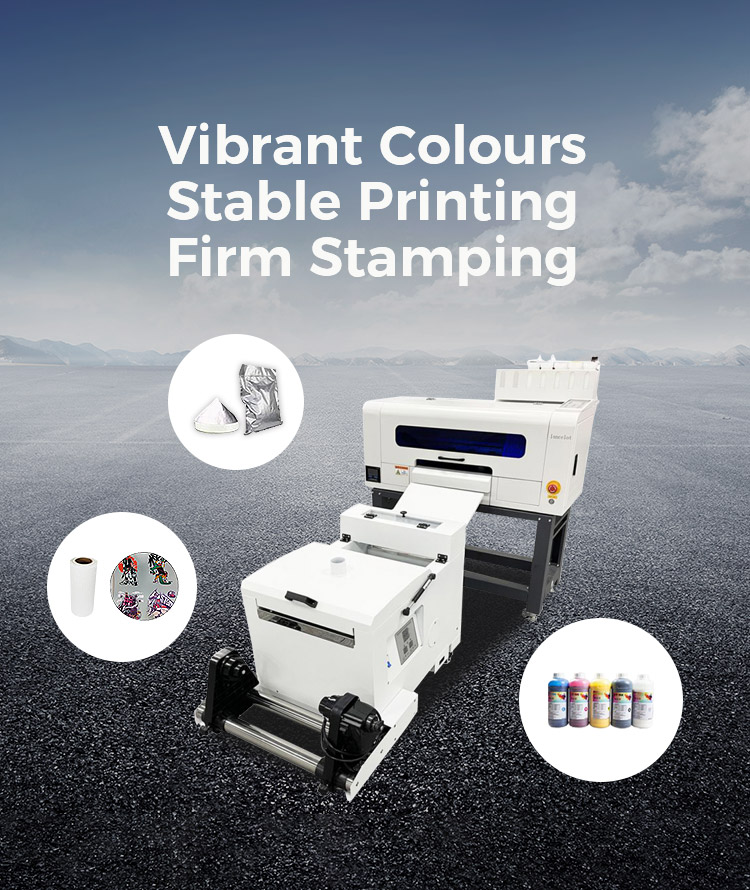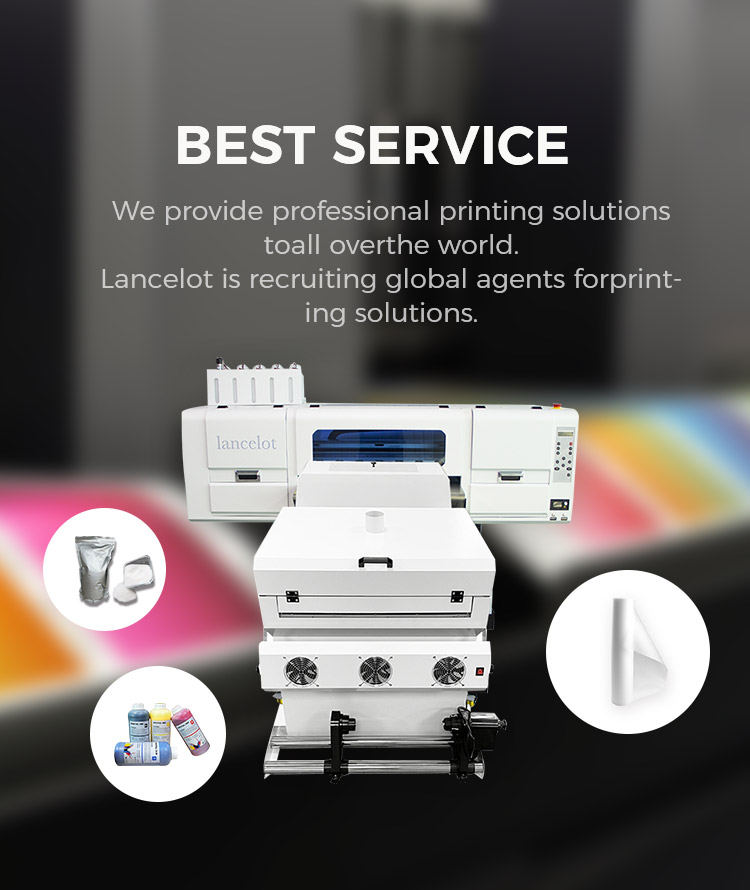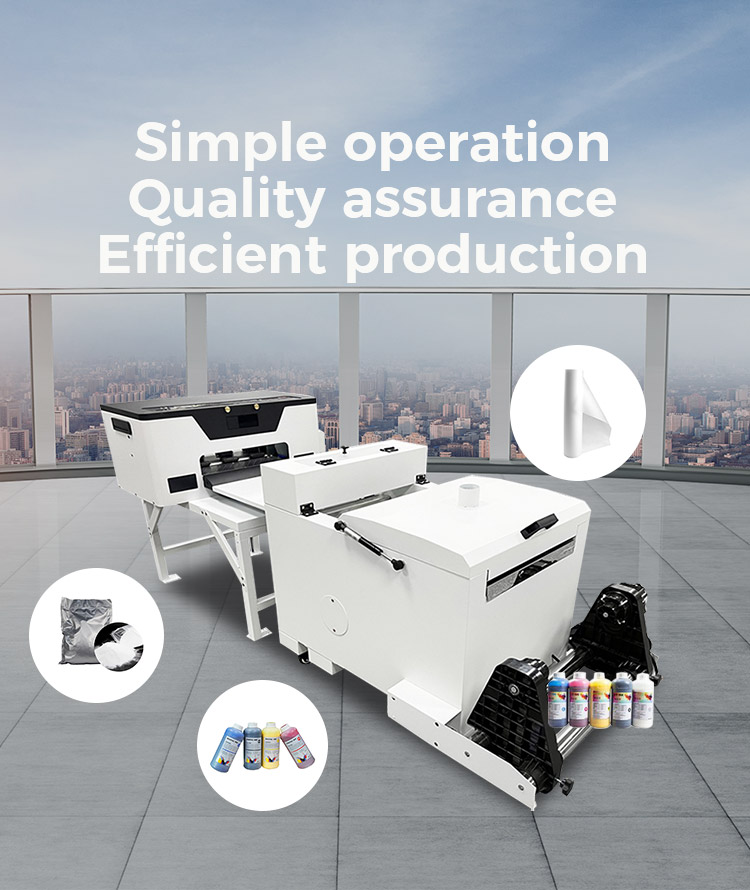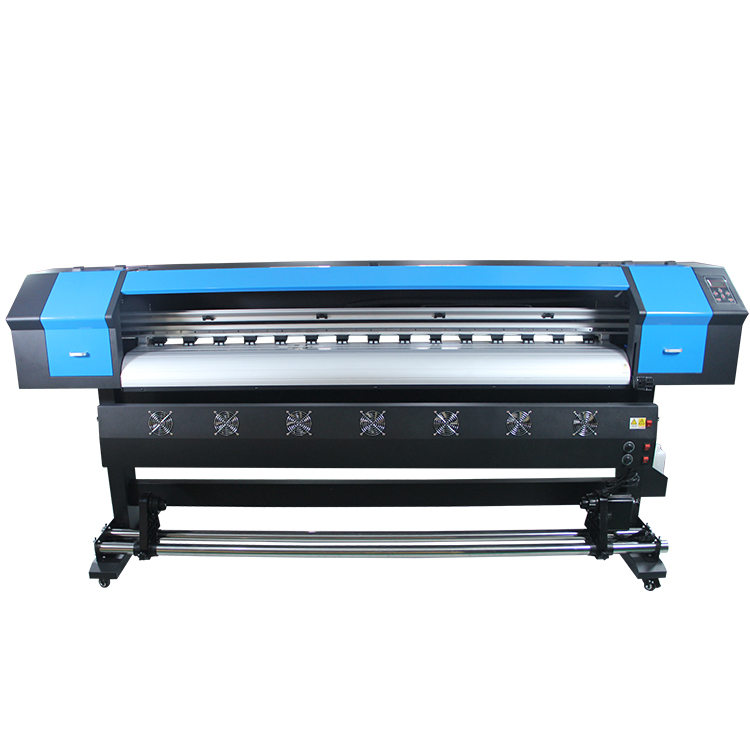Solutions
Continuous optimization and improvement of product quality, and finally create a professional technical team.
About Lancelot
Zhuhai Lancelot Technology Co., Ltd., committed to the development, production and sales of digital printing equipment and related supporting materials. The company has always instilled the business philosophy of honest management on the basis of customers.
View more
-
0
The company was founded in 2012
With 10 years of experience. -
0
Sold to 56 countries worldwide
We supply printing solution to all over world. -
0
We have a professional team
The average age of the business team is 25 years old,
Cases
We supply printing solution to all over world.


